I’m talking toxicity versus environmentally friendly and how to read labels. Above are three labels: Golden’s “AP Nontoxic”, Gamblin’s information label stated clearly, and an older tube of Cotman Cadmiun Red that shows a Health Label requiring no labeling (again, this is old, but you still find these today, especially if you have an old stash; today this would probably have an AP Nontoxic label.) Windsor Newton has an excellent page on health labels and how to read them.
Why should you care? Children and pets can die from toxic products, and toxic products going into water systems and dumps messes with our Eco-system. If you use your fingers, lick you brush tip (argh), or have a water well, then toxic products will impact you quickly.
In the right image, are three watercolor tubes:
- The top, Daniel Smith Genuine Hematite is a labeled AP Non-toxic, and conforms to “ASTM D 4236.” this is a designation that they have full disclosure on what parts may be toxic, and are generally non-toxic, with possible exceptions (see below.)
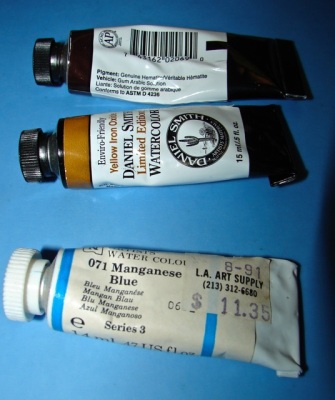 Environmentally friendly (as labeled on the Daniel Smith watercolor, center left in the image, right) is not a legal distinction, but a promise that this is a step in the right direction. To an unscrupulous company, it can be a marketing ploy to get you to think this is a “green” product. When a product says it is environmentally friendly, like the Daniel Smith Yellow Iron Oxide, I tend to become curious. I check out the specs, often set as a link to the MSDS (MATERIAL SAFETY DATA SHEET) to see whether the company is actually living up to its promise. You should get to know what an MSDS is, and overcome any discomfort with not understanding what it is saying. You will understand the important aspects, like the hazards (most people ignore them to their peril), disposal information, handling and interactive chemical data, and toxic ingredients, if any. Starting on page 5 of their MSDS, Daniel Smith lists all their products, and notes the ones that contain nickel, copper, and cobalt. If you have small children or live on a well, you might want to avoid these colors, or dispose of their water differently. In Daniel Smith’s case, their commitment to full disclosure is apparent. This is not so with many other products.
Environmentally friendly (as labeled on the Daniel Smith watercolor, center left in the image, right) is not a legal distinction, but a promise that this is a step in the right direction. To an unscrupulous company, it can be a marketing ploy to get you to think this is a “green” product. When a product says it is environmentally friendly, like the Daniel Smith Yellow Iron Oxide, I tend to become curious. I check out the specs, often set as a link to the MSDS (MATERIAL SAFETY DATA SHEET) to see whether the company is actually living up to its promise. You should get to know what an MSDS is, and overcome any discomfort with not understanding what it is saying. You will understand the important aspects, like the hazards (most people ignore them to their peril), disposal information, handling and interactive chemical data, and toxic ingredients, if any. Starting on page 5 of their MSDS, Daniel Smith lists all their products, and notes the ones that contain nickel, copper, and cobalt. If you have small children or live on a well, you might want to avoid these colors, or dispose of their water differently. In Daniel Smith’s case, their commitment to full disclosure is apparent. This is not so with many other products.- The last image is of a VERY old Windsor Newton Manganese Blue. It is quite toxic, and you do not want it in your well. I bought two tubes 25 years ago, before I knew about manganese. I happened to be reading about Golden’s approach to paint-making, and read that manganese was toxic. I only now am using the paint, and use a separate water container for rinsing, a small herbal jar that caps, and allow it to dry. When I am through with the color I will dispose of the tube and the dry rinse jar through the dump with full disclosure. BTW, I wrote to W/N asking about the level of toxicity of Manganese Blue, and the rep was quite casual in his reply that he didn’t think it was very toxic. Hmmm; buyer beware.
 I tend to cut through the worry about toxicity and green products by supporting companies that are committed to the environment and and artist’s health. At present I am committed to Golden acrylic paints, Gamblin oil paints, and Daniel Smith watercolors.
I tend to cut through the worry about toxicity and green products by supporting companies that are committed to the environment and and artist’s health. At present I am committed to Golden acrylic paints, Gamblin oil paints, and Daniel Smith watercolors.
Environmental also is about the waste involved. I am looking for an alternative to Pitt pens, which I LOVE, because of the plastic waste. If I can find a good refillable alternative I will let go of them, especially in the colors of black and sepia, which I use constantly, drawing.
I wrote to Faber-Castell regarding the toxicity of their Pitt pens, because I tend to move the color with my fingertips. Their MSDS is in German or Austrian! they responded, non-toxic! Yah!
Be Safe!
I am now agreeing to the Creative Commons Attribution-Non-Commercial 4.0 International License, which you can learn more about by visiting the site, or, visit my web page for a more user-friendly summary on my terms. My images/blog posts can be reposted; please link back to dkatiepowellart.




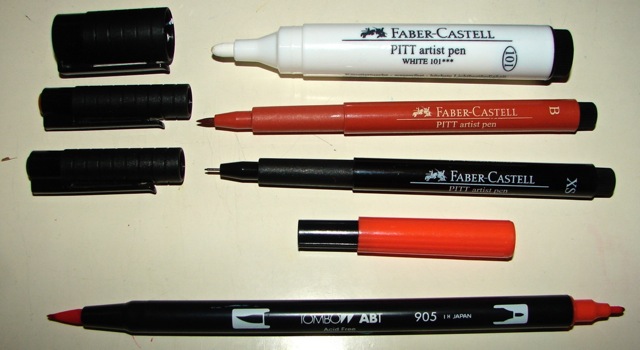




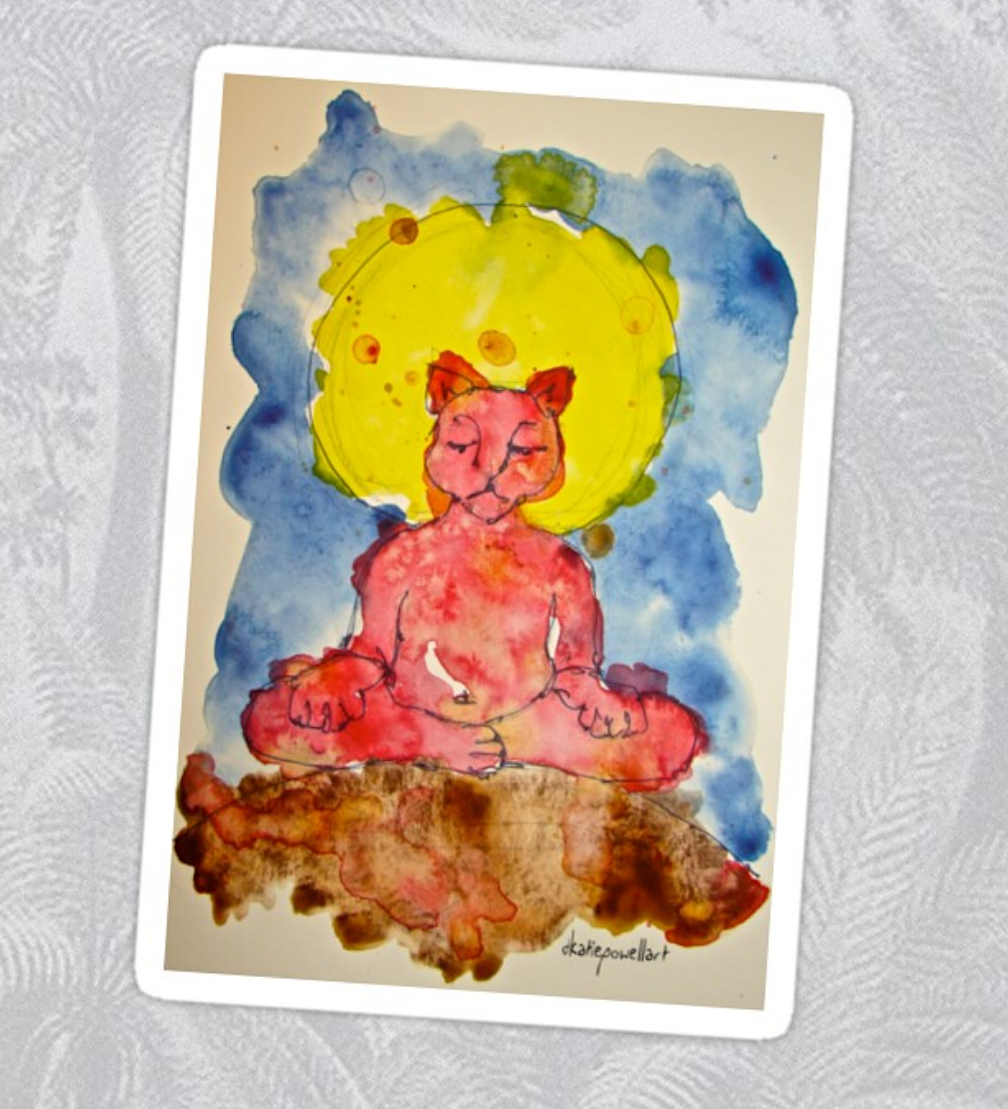

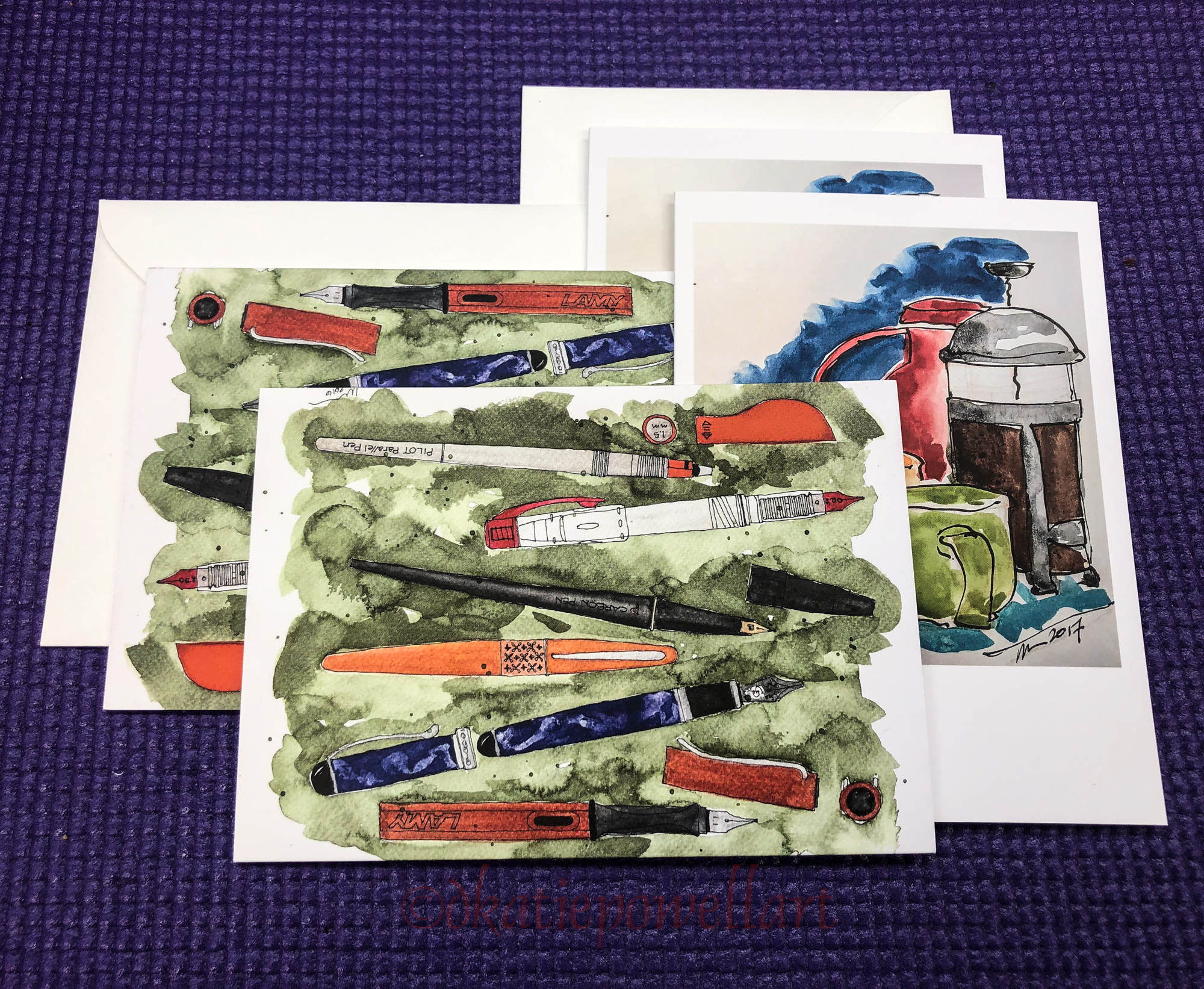

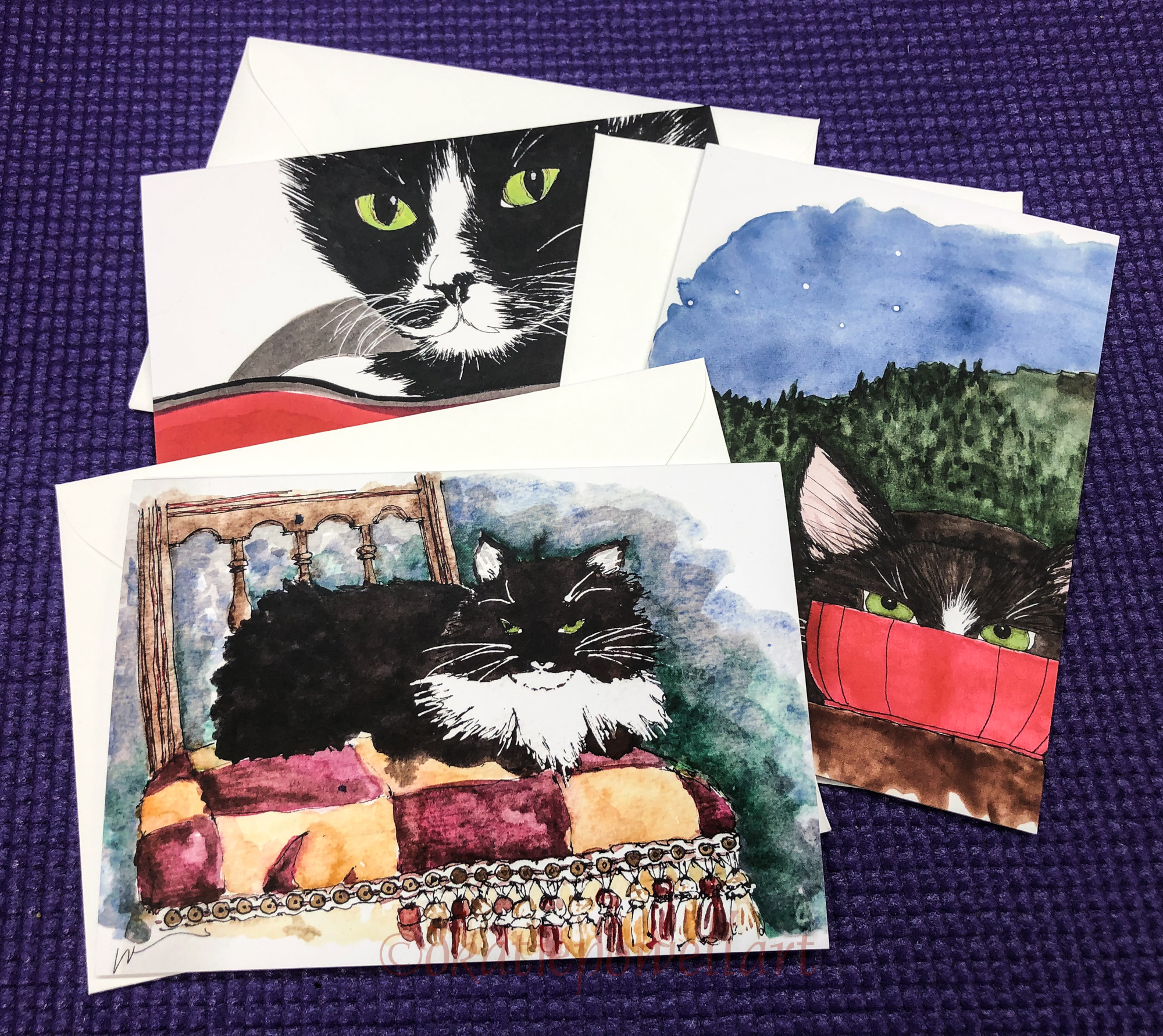




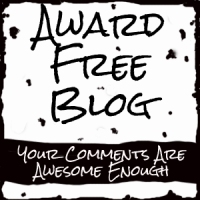
Wow, thanks for this post. Moving in here, we found an old stash of paints. Most aren’t that old and have the AP nontoxic label, but one of them had a scary warning re the toxins and I threw it out immediately.
I spend 2 years training as a metalsmith and holy smokes, the toxins…. I guess I am “lucky” in that my skin and body is so sensitive that I found out very quickly I cannot work w/ metals for my health– by the time I was finished with the training, I had scalp psoriasis, mystery rashes everywhere, a nasty cough, and no eyebrows– despite having taken every precaution necessary, masks, enormous goggles, gloves, etc.
I am now extremely wary of toxins and will be giving all my paints another good look before painting today.
LikeLike
I know metalsmiths that are very good about toxins, and then there are those looking for an early grave! Sounds like you have sensitivities! Our business (conservators) means we work with toxic substances from time to time,a nd we have to be careful . . .
LikeLike
I’m glad I found your site – or it found me! My children love art and practically every art coloring product or supplies in the stores claim to be “non-toxic”. I know I can always look up the MSDS if the ingredients were listed (I was in Occupational Health before I had a family) but they rarely show these. I’m going to be more vigilant. Thanks so much for this post!
Stopping by from the A to Z Challenge,
Mary
LikeLike
You are welcome. If you can’t find it I find going on line and asking the company for their MSDS is easy — occasionally I have had to say I have some severe allergies . . .
LikeLike
Pingback: L is for Lead: A-to-Z-Challenge | Mpfconservation's Blog